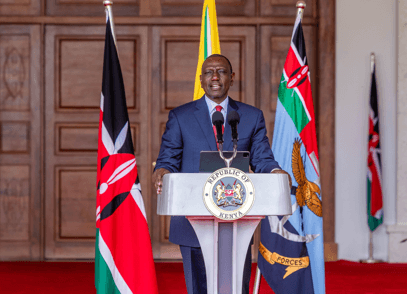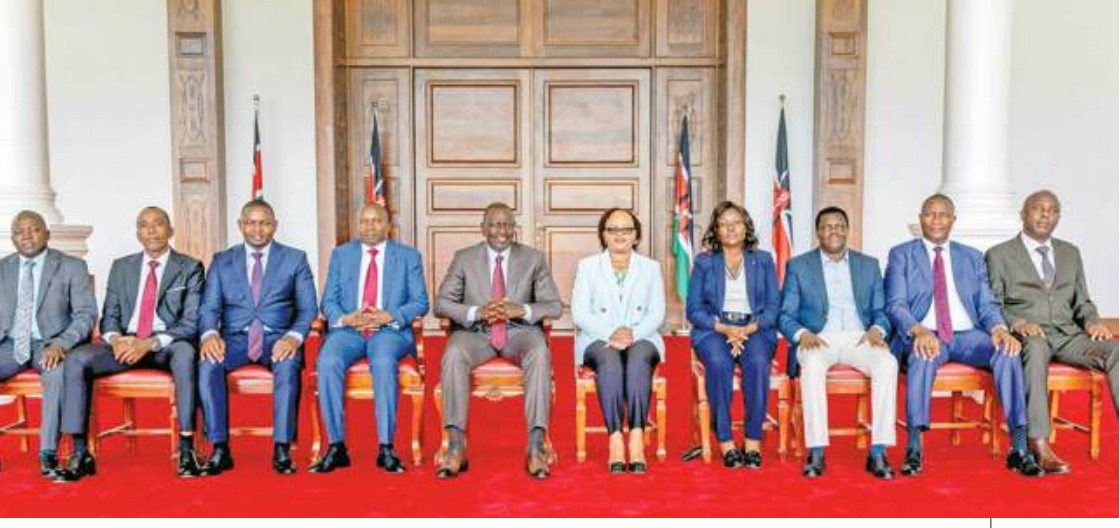Last year, two encouraging developments that deserve national attention took place on the conservation front with regard to the Mau Forest evictions. First, when he launched a multi-sectoral drive in October to plant more than 10 million seedlings in Maasai Mau Forest, Environment CS Keriako Tobiko announced that government had hired local residents to take part in the water tower’s conservation efforts.
Second, at least 70 primary and secondary schools bordering the forest integrated a conservation syllabus in their curriculum. Pioneered in 78 schools, the syllabus exposes learners to conservation initiatives and lessons aimed at protecting the environment.
For a long time, Kenya has struggled to protect, rehabilitate and conserve water catchment areas in a sustainable way due to a multiplicity of factors. Prime among them is a glaring lack of a conservation culture and ethos among our communities. According to Kenya Forest Service, Kenya loses about 12,000 hectares of forest each year through deforestation, primarily due to the conversion of forests to agriculture or other projects.
This results in the loss of approximately 1.6 million tonnes of carbon per year. It therefore does not come as a surprise when Kenya is classified as a low forest cover country with about 7.2 percent forest cover. The UN says at least 10 percent of total land area in any given country should be forest cover.
The UN classifies Kenya as chronically water-scarce on the basis of having one of the lowest natural water replenishment rates at 647 metres cubed per capita per annum, which is far below the international benchmark of 1,000 metres cubed per capita per annum. We are worse off than our neighbours—Uganda is at 2,800 metres cubed per capita per annum, Tanzania at 2,270 metres cubed and Ethiopia at 1,600 metres cubed per capita per annum.
The World Health Organization and Unicef 2019 report found that only 59 per cent of Kenyans have access to basic water services and only 29 per cent have access to sanitary services. This means that achieving universal access to drinking water and sanitation by 2030 will be a huge challenge. This calls for new thinking on how we manage our natural resources.
This means that as from this year, we must start inculcating in our children a sound conservation culture because this is the only sure way of creating robust and flourishing natural resource management models that will ensure sustainable exploitation, use, management and conservation of our environment and natural resources.
Article 42 of the Constitution states that every person has the right to a clean and healthy environment, which includes the right to have the environment protected for the benefit of present and future generations. Article 43 states that every person has the right to clean and safe water in adequate quantities. This means that a healthy environment and safe drinking water are inalienable rights. Therefore, when we conserve water towers, we are not only fulfilling the letter and spirit of the Constitution, but also meeting our national development goals.
Kenyans from all walks of life must entrench a culture of conservation in their hearts to fulfil our national ambitions under the Big Four Agenda and Vision 2030. Let us strive to replicate the people-driven Mau Forest conservation model in all the 18 water towers.













![[PHOTOS] Three dead, 15 injured in Mombasa Rd crash](/_next/image?url=https%3A%2F%2Fcdn.radioafrica.digital%2Fimage%2F2025%2F11%2Fa5ff4cf9-c4a2-4fd2-b64c-6cabbbf63010.jpeg&w=3840&q=100)

